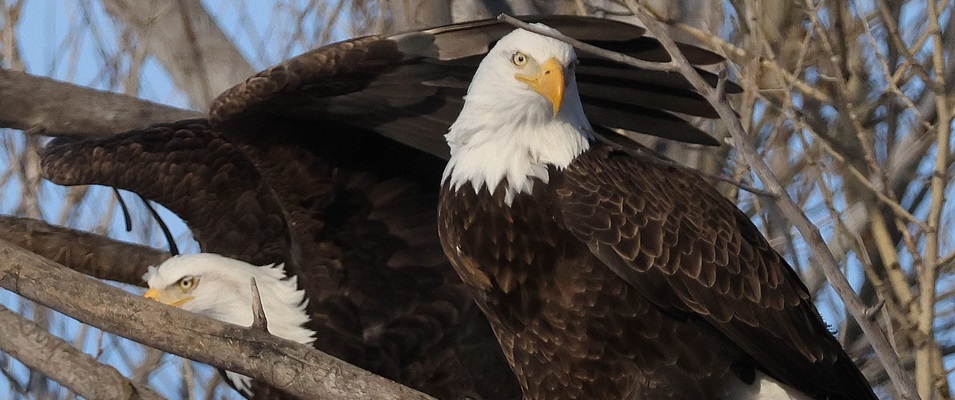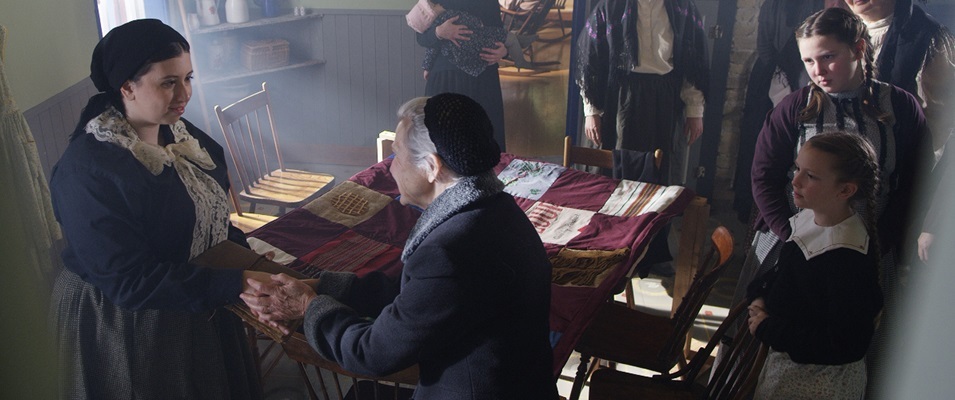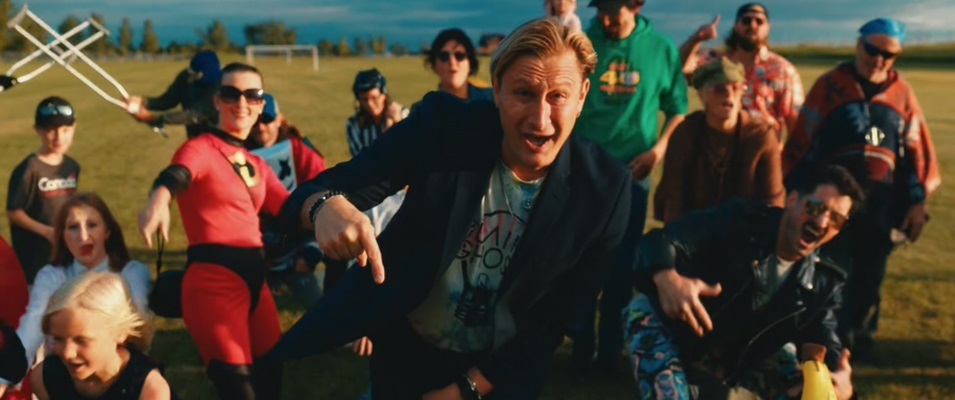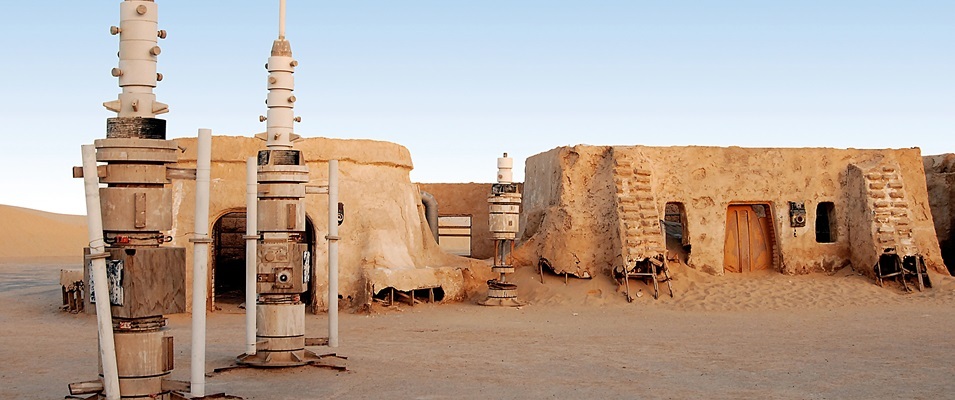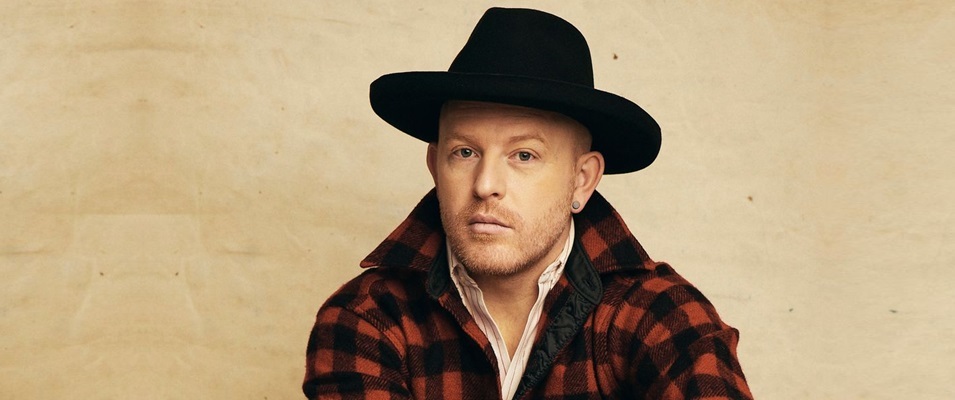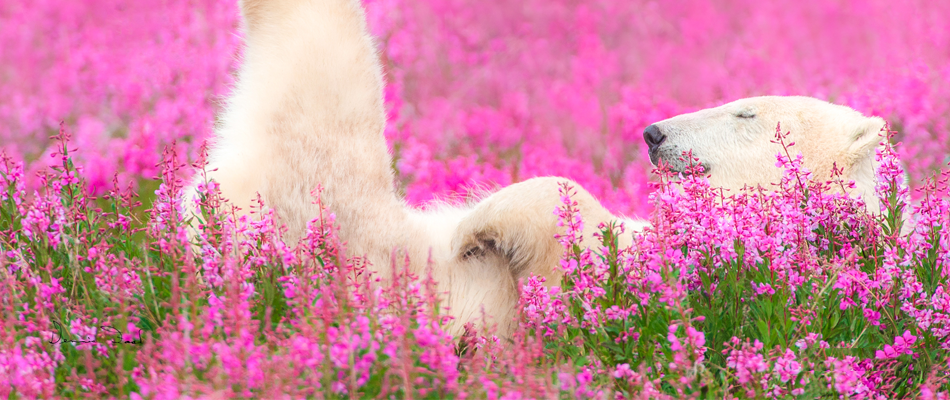
A polar bear tiptoes across the polished surface of a frozen northern lake, two cubs trailing behind her on this bright but frigid day, the cold winter wind bending the bare, skittering branches in the forest behind them.
The aurora borealis churns against a star-studded sky in its unrestrained majesty. The lights splash through the heavens, spreading outward in a display of cosmic radiance, the swirl of cascading green and blue luminance leaping to a silent rhythm.
A parade of full-grown elephants swish through the tall stalks of savannah grass, wide-spreading acacia boughs obscuring the horizon behind them. In the foreground, a trio of thick-hided calves send fountains of water shooting up into the air, their trunks raised in exultant salutes.
But you don’t have to take my word for it. Local wildlife photographer Dennis Fast has already taken the pictures, and these scant descriptions don’t do them justice.
Even if you’ve never heard the name Dennis Fast, there’s a good chance you’ve been acquainted with his work—you just didn’t know it.
“When photos are used for commercial purposes, the photographer’s name often doesn’t appear on them,” Fast says. “If you look closely at the display signs at the new polar bear exhibit at the Assiniboine Park Zoo, however, you can find my name on almost 40 of them.”
Or maybe you were just standing along the side of the busy street in our nation’s capital one sunny afternoon when a bus pulled up covered prow to stern with a polar bear stalking through endless fields of fireweed.
That’s Fast, too, as part of an advertising campaign for the National Museum of Canada.
“I sold the images to a design company with no idea where it was going to be used,” he explains, noting that occasionally someone will send him a message about a new photo sighting abroad. “If you walk into the medical centre at Churchill, you will see a wall-sized image of one of my bears in fireweed calming you as you walk in!”
There’s also a good chance you’ve seen his photographs gracing the glossy pages of National Geographic. Manitoba Public Insurance has also used his images many times, even producing entire calendars with his work on every spread.
Fast can’t help but reflect back on that unassuming day when he went out into the northern wilderness and snapped those pictures of the polar bears in the fireweed. These are some of the most reproduced images in his catalogue, for good reason.
“When My Modern Met magazine out of New York contacted me for an interview story about those images, the images went viral,” he says. “I got hundreds of emails from people and major internet providers from all over the world who wanted prints or to republish the article on their websites. At the end of the year, [My Modern Met] identified one of the images as being in the top 50 from around the world that they had published that year. More craziness ensued!”
The Steinbach-based photographer couldn’t have foreseen this level of high praise when he was still a child, tagging along as his father dabbled in the photographic arts. Indeed, his father had begun experimenting with photography when it was still a relatively new artform.
“I was always interested in the medium from a young age because my father was taking photos as a hobby in the early 1900s, in spite of being a farmer and market gardener,” Fast says of what first fascinated him about the medium. “He was using an old Kodak bellows camera that produced both glass negatives and the more typical cellulose-based materials. By the time I came along, my father was using 35mm slide film and I always looked forward to his latest roll of images.”
Another place you’ll find Fast’s work is in the bookstore. In 2014, he published a children’s book about his most famous subjects—polar bears. The book, entitled Princess, was short-listed for Children’s Book of the Year.
The seed for the book was planted when his brother’s grandkids in South Africa asked him to send over a collection of snow and bear photographs.
“I had several months of lead time and began to mull over the idea of a book,” Fast says. “After creating an initial digital show, I tested it out on neighbourhood kids and a friend’s grandkids, as well as my own. The response was so positive that I decided to rewrite it in poetry form and create a book that would be inspirational and educational. Today many schools are using it as a classroom resource.”
Locals will have the opportunity to connect with Fast in person at the upcoming Southeast Lifestyles Expo, held from November 2–4 at the TransCanada Centre in Île-des-Chênes. He’ll present three workshops at the event: “Touch the Arctic,” on Friday at 6:00 p.m.; “The World in My Backyard,” on Saturday at 2:00 p.m.; and “African Safari,” at Sunday at 2:00 p.m.
Tickets can be purchased at the door for $5, and anyone 18 or younger will be admitted for free. In addition to Fast, the event will include about 50 vendors as well as presentations by other local businesspeople.
Ultimately, the best way to enjoy a great photograph is just to gaze at it in appreciation. But for those who may be artistically inclined, or for those Instagram shutterbugs always on the prowl for their next score, it could be helpful to appreciate the underlying philosophy behind Fast’s body of work.
“Beauty is everywhere if you look, but it begins first of all in the heart,” he says. “Photography has taught me to seek the delicate moments in nature where life is on the edge and where change is a heartbeat away. My goal is to touch people’s minds and hearts, to help them reconnect with the earth, and to teach respect and gratitude for all of nature. I hope my photos do that for you.”





